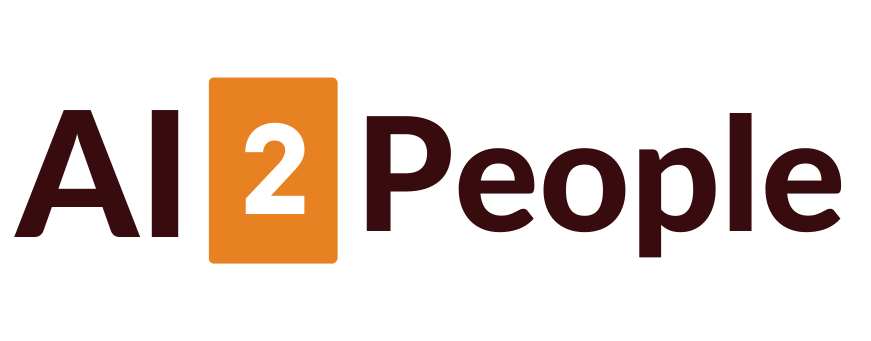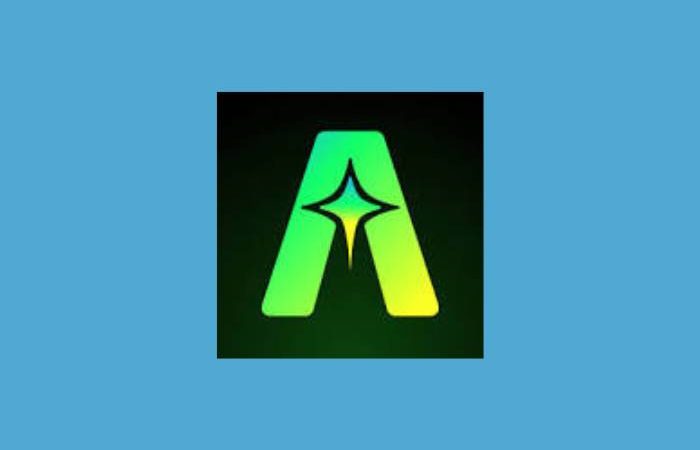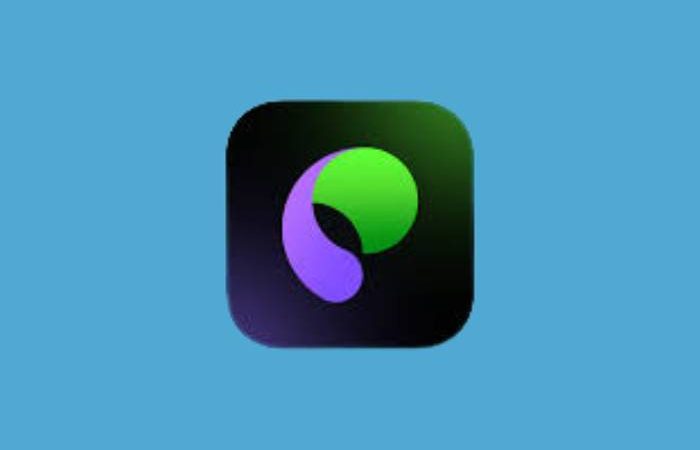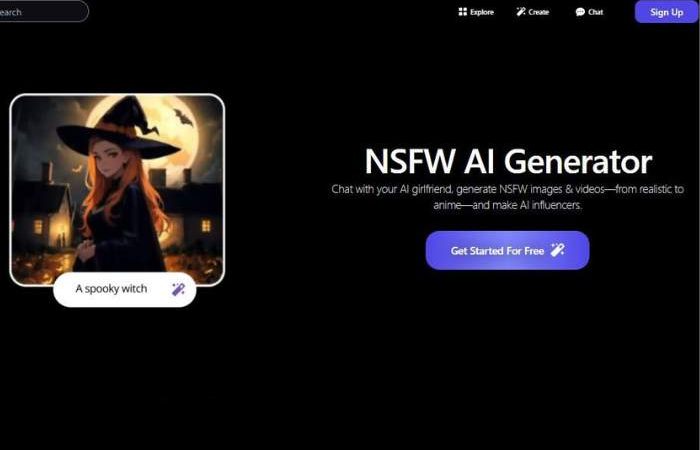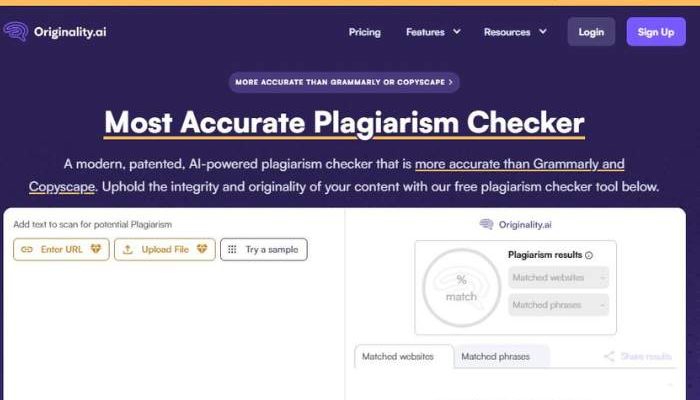
I Tested Originality AI Plagiarism Checker for 1 Month
Originality.ai offers a plagiarism‐checking tool that goes beyond simple copy/paste detection. It aims to catch more nuanced forms of plagiarism (paraphrase, patchwork, mosaic, etc.) while giving you actionable detail.
You feed in your text (via paste, upload, URL etc.), and it scans the web (and whatever databases it has access to) to find matches. Then it shows you which parts may overlap, how severe the overlaps are, and gives you a “plagiarism score” or match percentage.
Some of the types of plagiarism it claims to detect:
- Global plagiarism (nearly verbatim copying)
- Paraphrase plagiarism (rewriting someone else’s ideas)
- Patchwork plagiarism (mix of copied and original text)
- Mosaic plagiarism (mixing bits and pieces from sources)
- Unintentional plagiarism (maybe you didn’t know; good that it can catch that)
Accuracy is pretty high: up to 99.5% accuracy claimed for global plagiarism detection under certain thresholds.
Take a look at Originality AI Plagiarism Checker
Key Features & What Makes It Useful
Here are features I liked / that stand out, plus some that are important to know. These are the reasons you might want to try it.
| Feature | What You Get / Why It Helps |
| Shareable Reports | You can share the plagiarism report via a link. Good for transparency with clients, editors, or collaborators. |
| Multi-language support | Not just English. Useful if you or your writers sometimes write in or translate from other languages. |
| Upload / Import / URL / Paste | Flexibility in input: you’re not locked into one format. So checking a blog post (URL) or a Word doc is possible. |
| Detailed scan history | You can see past scans, compare reports, maybe see if issues repeat. Helps with auditing or managing content quality over time. |
| Highlighting + linking to sources | The tool highlights suspected passages and links them to the original (or suspected) source. Makes editing/fixing easier. You don’t have to hunt for the match manually. |
Limitations & What I’d Be Cautious About
Because nothing is perfect, and you deserve to know the weak spots.
- Not perfect outside web content: The scanner depends on web-indexed sources. If your content is similar to something in a private database or unpublished, or behind paywalls that are not crawled, it might miss or misjudge.
- False positives risk: Common phrases, clichés, or generic language might get flagged. The more unique your style, the less likely, but still possible. You need to manually check highlighted pieces.
- Cost / credits: Some reviews note the pricing/credit model may become expensive if you frequently check large or many documents.
- Short texts / fragments: For very short snippets, the tool may be less reliable (either too sensitive or too vague). If you submit only a few sentences, you might get weird results. Some reviews mention that.
Discover Originality AI Plagiarism Checker
My Personal Opinion: Do I Think It’s Worth Trying?
Yes. I think it’s a strong tool for anyone serious about content integrity — bloggers, content marketers, editors, educators. If you care about originality and want to avoid problems (legal, SEO, reputational), this kind of checker helps catch things that slip through the cracks.
What I like: it gives you both broad oversight (whole document, overall score) and detail (which parts are suspect). That combination is powerful, because you can decide how much to “fix” vs leave, rather than being at the mercy of a black box.
What I worry: if someone uses it too rigidly, they might over-edit, lose voice, or get paranoid about having “perfectly clean” text. Also cost adds up.
Tips & Tricks: How To Get the Most Out of It
Here are suggestions (from what I’ve read + my gut) so you try it smartly (not just “scan & panic”):
- Begin with your draft, do your own editing first (tone, meaning), then run plagiarism scan. That way, you reduce false flags from awkward phrasing or quotes you forgot to reference.
- Use the highlighted matches + source links to revise smartly: rephrase, add citations, or remove problematic bits.
- If it gives a % score, don’t fixate on exact number. Look at what’s being flagged. Sometimes 5-10% overlap is harmless (common phrases, stock definitions etc.). Big chunks raised are more problematic.
- Use scan history: after revisions, re-scan to ensure fixes worked and see if anything else popped up.
- If working in teams (writers, editors), share reports so everyone knows what to avoid in future.
Emotional Nuance: Why This Matters
Having your content flagged for plagiarism (even unintentionally) sucks. It can damage credibility, SEO rankings, maybe relationships (if you’re writing for a client).
There’s an anxiety element: always wondering, “Did I step too close to someone else’s idea?” Tools like this, when used with care, provide relief. They act like a safety net under you, not a cage.
Also, writing is deeply personal. Style, expression — you want to keep what’s yours. A tool that helps avoid unintentional borrowing while preserving voice is something I appreciate.
Verdict: Should You Try It?
If I were in your shoes:
- Yes, I would try it. The free / trial version should give you a feel. See how it handles your typical writing style: does it flood you with false positives? Or does it give actionable, helpful flags?
- If the trial shows good results (few false flags, matches are meaningful), then consider upgrading / buying credits.
- Use it as part of your writing workflow, not at the very end. That way you can shape content to be cleaner from the start.
If you want, I can pull up a comparison: take a passage you have, run it through Originality.ai vs another plagiarism checker (Grammarly, Turnitin etc.), and we can see which one gives better real-world output. Curious if you want me to do that for you.
